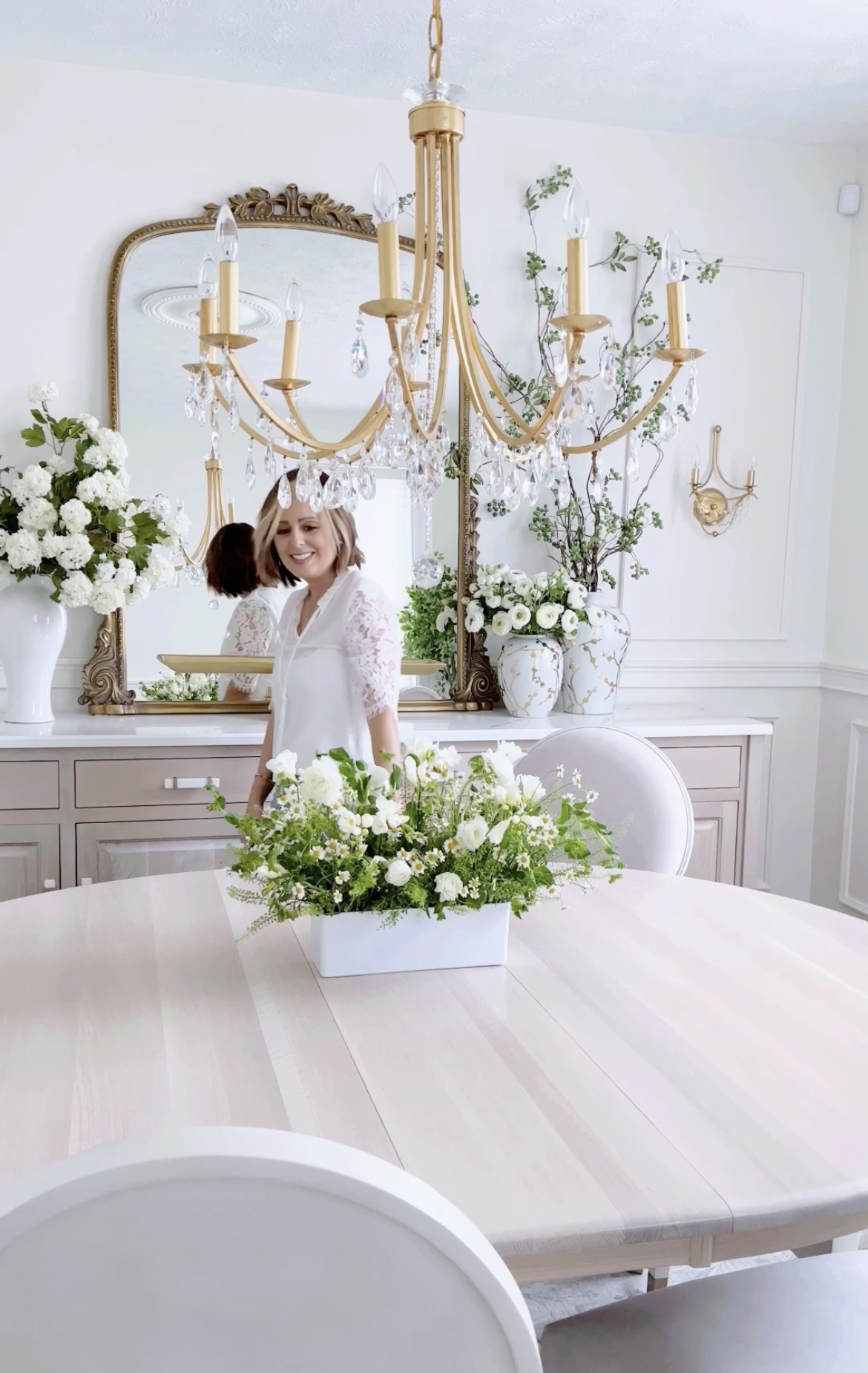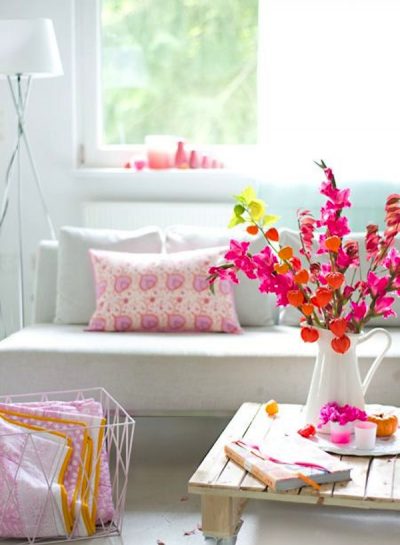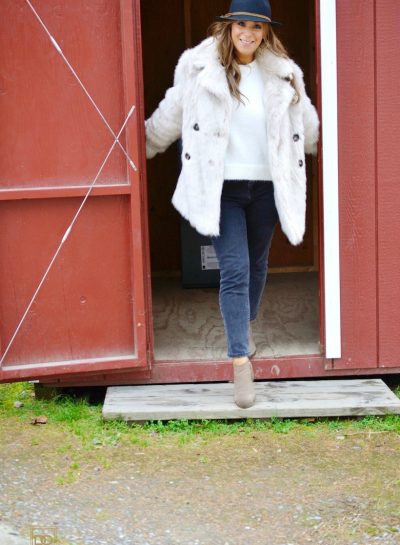
The types of flowers that go into an arrangement can vary depending on the desired style, occasion, and personal preferences. However, here are some common types of flowers that are used in floral arrangements:
4 Categories Types of Flowers used in Floral Design
- Focal flowers: These are the main attraction of the arrangement, often larger flowers such as roses, peonies, sunflowers, lilies, or dahlias.
- Fillers: These are smaller flowers used to fill in the spaces between the focal flowers, such as baby’s breath, wax flowers, or thistle.
- Greenery: This includes leaves and foliage that provide texture and contrast to the arrangement, such as eucalyptus, ferns, ivy, dusty miller, or Italian ruscus.
- Accent flowers: These are unique or eye-catching flowers used to add interest to the arrangement, such as orchids, ranunculus, lisianthus, garden roses, or anemones.
Ultimately, the combination of flowers used in an arrangement will depend on the desired style and effect, as well as the occasion for which the arrangement is intended.
Creating a spring floral arrangement is a great way to add some beauty and freshness to your home. Here are some steps to create a beautiful spring floral arrangement:
- Choose your flowers: The first step is to choose the flowers that you want to include in your arrangement. Some popular spring flowers include tulips, daffodils, hyacinths, ranunculus, and cherry blossoms.
- Choose your vase: Choose a vase that will complement your flowers and the style of your home. You can use a glass vase to show off the stems of your flowers, or a ceramic vase for a more rustic look.
- Prep your flowers: Cut the stems of your flowers at an angle to help them absorb water more easily. Remove any leaves that will be below the waterline in your vase, as they can cause bacteria to grow and shorten the life of your flowers.
- Create a structure: Create a structure for your arrangement by starting with the larger flowers first. You can use floral pin frogs or create a tape grid to help hold your flowers in place.
- Add smaller flowers and greenery: Once you have your larger flowers in place, add in smaller flowers and greenery to fill in any gaps and add texture to your arrangement. (Sometimes I do the reverse)
- Play with the heights: Vary the heights of your flowers to add visual interest to your arrangement. Some flowers can be cut shorter to create a more compact arrangement, while others can be left longer to create a more flowing look.
- Care for your flowers: Make sure to change the water in your vase every few days and trim the stems of your flowers to keep them fresh for as long as possible.
Floral items I used in the video:
Chicken Wire Net for Craft Projects,3 Sheets Lightweight Galvanized Hexagonal Wire
Flowers used:
Focal Flower: Freesia
Fillers: Chamomile
Greenery: Aster
Accent Flower: Ranunculus






Leave a Reply